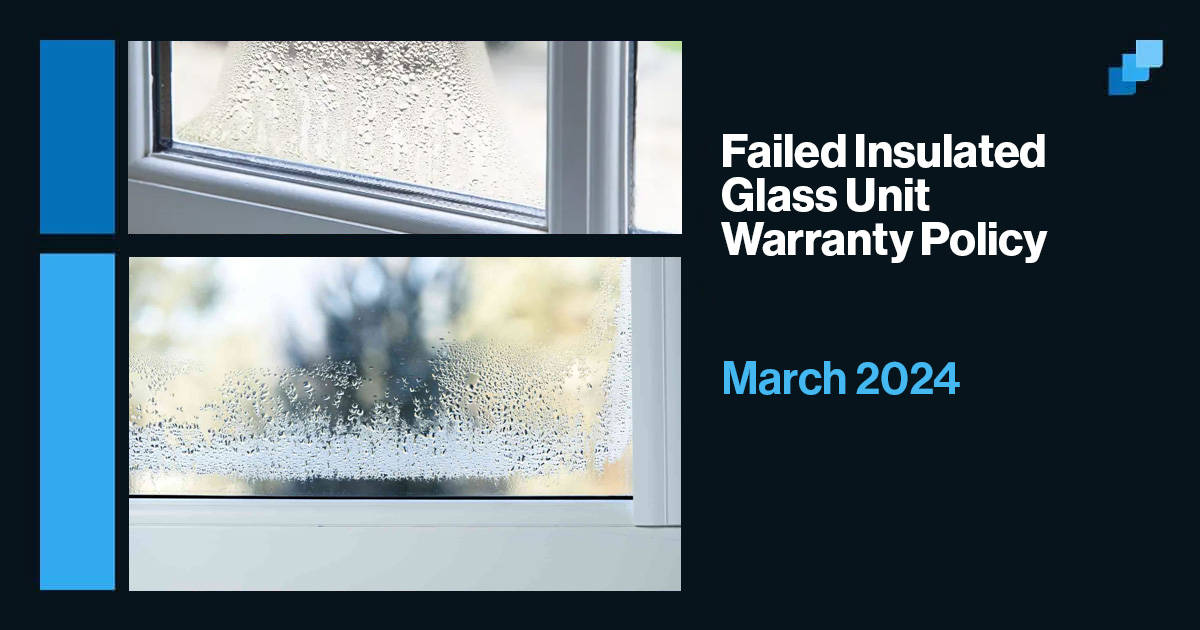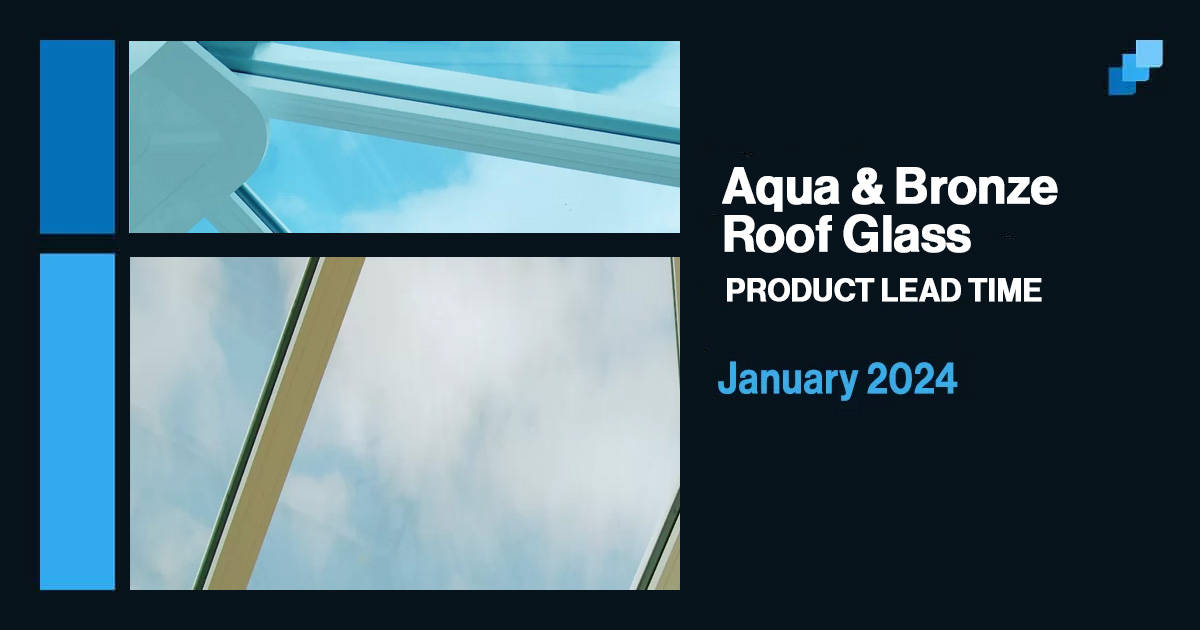Clayton Glass’ Group Procurement and IT Manager Tom Moore, takes some time out his day to discuss the theories and strategies behind Clayton’s recent technological advancements, including details of: why we invest so much in our digital services for our customers, how we’re utilising technology internally now compared to a couple of years ago, and some innovations we’d like to implement in the future.
Today we’re talking technology, and who better to discuss it with than Clayton’s resident procurement and IT expert, Tom Moore.
Tom joined Clayton Glass in 2020, and in the intervening period has been instrumental in a number of technology changes within the business. Something he believes has been a necessity.
“It’s two-fold.” Says Tom of Clayton’s technological strides in recent times, “Firstly, it’s about putting ourselves ahead of the competition. What we can offer a customer depends massively on the tech we’re willing to implement, if a rival company has smarter tech than us, and they use it well, they will be able to offer better services than us. We don’t want that.”
“Secondly, it’s about efficiency. It’s about the quality of information that we have access to. If we’re provided high-quality information on how our machines are operating, how we are performing, then we can make better business decisions. Over a long period of time, this can make a big difference.”

GLASSTRACK V2: ONCE YOU TRACK, YOU’LL NEVER GO BACK
Looking deeper into Tom’s first point, there are couple of key ways in which Clayton have utilised relatively sophisticated technology (in glass industry terms) to improve customer experience.
The first of these is glassTRACK version 2, the 2nd release of Clayton’s glass order-tracking mobile and desktop application.
“This is a novel technology in our industry” says Tom, “as far as I’m aware, no other glass processor offers an order-tracking service.”
Tom explains that the first version of glassTRACK, whilst basic in appearance and functionality, was well-received by Clayton’s customers, leading to the need for an upgrade.
“GlassTRACK version 2 really is a bit of a game changer.” Says Tom, “Firstly, it looks a lot better. The layout has been designed to be user friendly and simple to navigate, it has been designed to flow, with all the information you’ll need available on a single scrolling screen.”
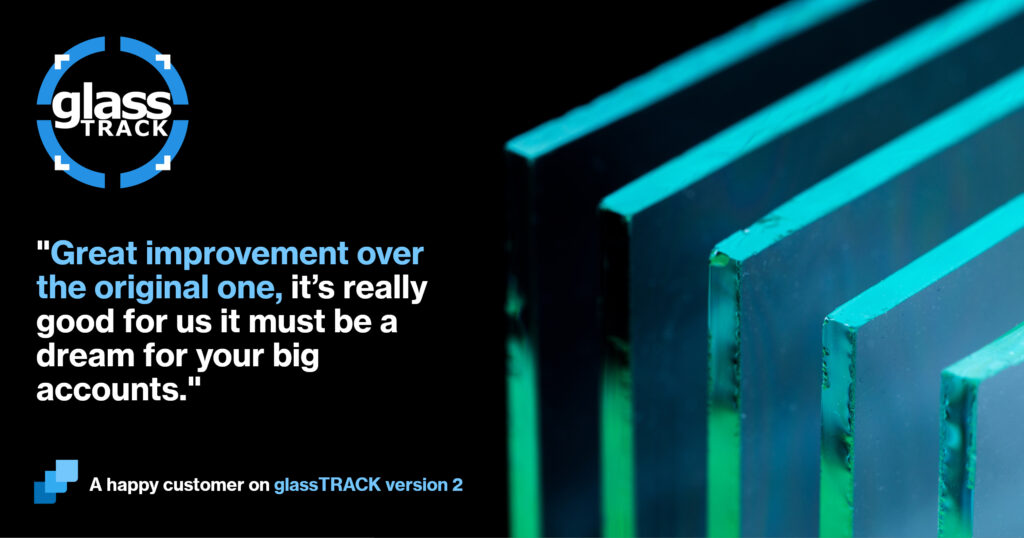
Tom discusses the technologies behind glassTRACK v2 at length, describing the thought that went into all the small decisions that contribute to the overall design of the finished product.
“It all boils down to two key elements for me,” adds Tom, “the layout, and the integrated help. What I mean by ‘integrated help’ is the ease in which glassTRACK v2 allows a customer to perform an action, it reduces the number of steps from point A to point B. For instance, before if a customer wanted to submit a remake request or get a copy of an order confirmation, there would have been a slightly more painstaking process for them to perform these tasks, now it’s done with the click of a button within the app. Easy.”
CLAYTONGLASS.CO.UK
Another way in which Clayton are providing value through technology is through the development of a new company website.
In Tom’s opinion, a company website is about three crucial factors. Who we are, what we do and how to get in contact.
“These are the three main reasons someone arrives at your business-to-business company website.” Says Tom, “The individual either knows what they want, in which case they are looking for the best company for the job, or they don’t know what they want and they are searching more generally. Either way you must make sure that the information they need is clear, obvious and accessible.”
Tom explains that the Clayton website in particular is hyper-focused on this pathway from question to answer, specifically how this path can be minimised to the fewest number of clicks.
“Say a customer has a particular question they need an answer to” Tom continues, “you want to decrease the resistance to them arriving at the answer. If a customer wants to know about oxidisation of lead, or acoustic units, specific stuff, then having this contained in an obvious area of your website is essential. With the new website we believe we can achieve this”
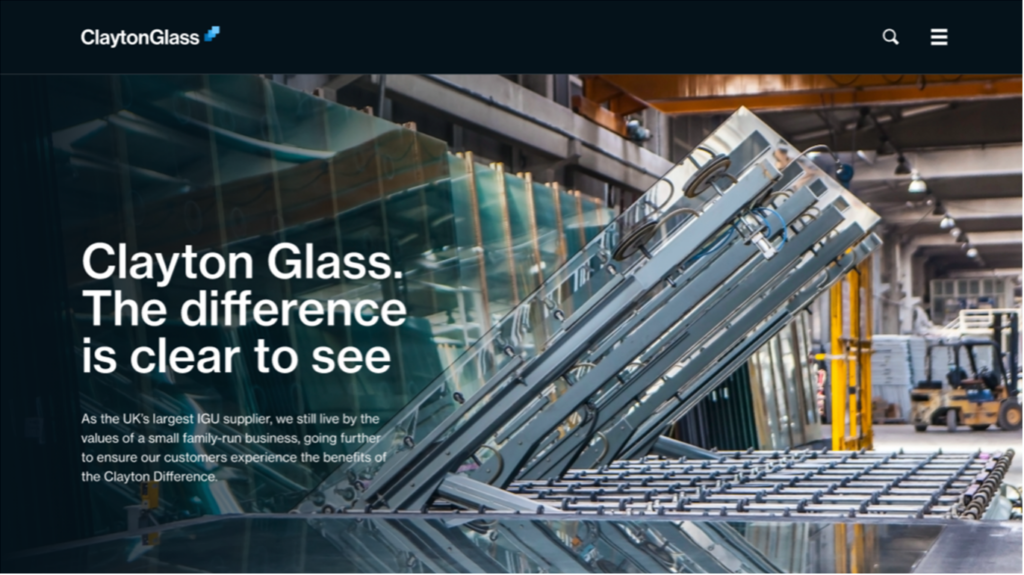
THE CLAYTON TECH REVOLUTION
Looking internally now, Tom discusses the multitude of changes in technology that Clayton Glass have been through over the last 18 months.
“I don’t know where to begin!” Tom remarks.
“Straight off the bat, we have significantly invested in upgrading our internal devices, introducing new smartphones, upgrading computers and replacing desktops with laptops to allow flexibility during the pandemic.”
Tom also mentions the advancements that have taken place across the glass industry in this time, talking about a collective movement towards automated email reports and confirmations, reducing the need for paper.
“On top of this, looking back a bit further, machinery has obviously advanced in the last 20 years. The cutting centres, furnaces and arrissers are advanced pieces of kit, and we’ve been using laser kitemarking for the last decade.”
IMPROVING QUALITY OF INFORMATION WITH O.E.E.
Beyond this, Tom goes in-depth on some of the innovative ways Clayton specifically has attempted to streamline processes and increase efficiency.
“One thing we’ve been big on so far in 2022 is implementing our OEE monitoring system.” Says Tom, “This stands for overall equipment effectiveness, and we use it to monitor and test the efficiency of our machines.”
“Essentially how it works is that all of our key machines have been fitted with sensors, and what they do is provide us with data on how that machine is working.”
Tom expresses clearly that this technology is categorically not there to encourage people to work faster, it is simply about identifying areas that are in need of improvement.
“It tells us (for example) that this machine should be doing 70 pieces an hour.” Tom explains, “If it is doing 70 pieces an hour then it’s green, it’s happy, but, for example if it only managed 60 pieces per hour, it asks for a reason why.”
“This reason would never be that someone was working too slowly, that’s not what we’re trying to do. Instead, for the furnace say, it might be that the machine’s not hitting its targets because the operator is waiting for material. So now, we know to look a bit further back, maybe at the arrisser, and we find that the arrisser has a fault, or it’s running too slowly, therefore we need a new or upgraded arrisser.”
Tom explains that by installing OEE monitoring, it has allowed Clayton Glass to make smarter business decisions, based on higher quality data and information.
“I think in the past we’d have been guilty of purchasing a new piece of equipment because we thought we needed it, now we have the information to tell us where to best invest to improve overall efficiency.”
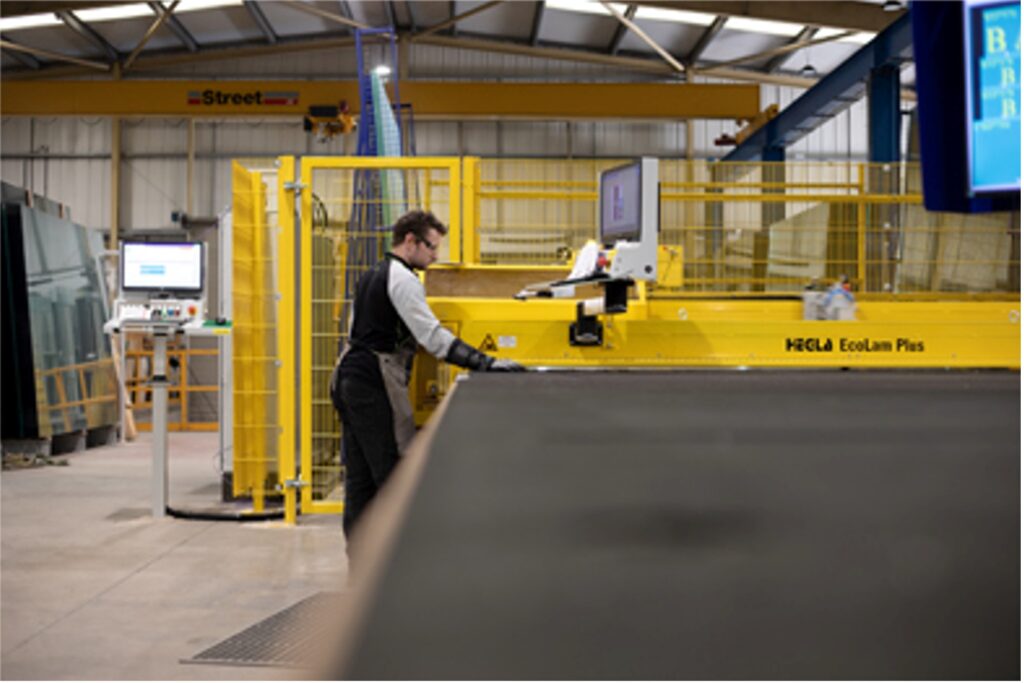
ENABLING GROWTH WITH I.T. INFRASTRUCTURE
Another way in which Clayton are striving to improve efficiency is through the implementation of new IT infrastructures.
“Sirrom is our new time-management, holiday and HR system, and reduces the need for paper.” says Tom, “It digitises things to a higher degree, making essential staff tasks, such as clocking in and out or requesting holidays, quicker and easier.”
Tom explains that, whilst the implementation of a time-management system across four facilities hasn’t been without its challenges, in the long run it’ll absolutely be necessary.
“We had some teething problems in the beginning, but by and large people recognise the need for these changes. We have ambitions to grow, we always have ambitions to grow, but to grow effectively, you need to have the foundations, the pillars that bear the weight, and one of these pillars is very much a company’s IT infrastructure. It needs to be able to support the number of employees and the scale of your operation.”
In similar terms, Tom discusses Clayton’s replacing of its accounting system software to one that is better able to support a larger business, he also talks about the movement to electronic purchase orders, digital stock takes and application-based stillage tracking, things that had been done manually until recently.
He talks about planning a move for office staff onto a cloud-based storage system, which will make the viewing and sharing of information much easier, taking the pressure off servers, and finally the implementation of mobile IT support, allowing him to solve IT issues on anyone’s computer, tablet or phone from wherever he is.

LOOKING TO THE FUTURE
While Clayton Glass have undoubtedly come a long way with their use of technology in recent times, there is always room for more, so Tom believes.
“Things that I’d like us to do in the future mainly involve automation.” Says Tom, “I hate paper, and would love us to eradicate it as much as possible, this could be done with increased focus on using tablets over job sheets, but we’d need to come up with a system for how we could do this.”
Tom goes on to discuss a relatively new advancement in technology that he believes could further support Clayton’s despatch teams: RFID tagging.
“This one’s a bit of an insider spoiler!” Jokes Tom, “Radio frequency identification (RFID) tagging has yet to be introduced in the glass industry, but is already being used to great effect in other sectors, and has the potential to eliminate the need for barcode scanning.”
Tom explains that RFID tagging could be a bit of a game changer in fenestration, and expects it to make its entrance into the industry sooner rather than later.
“In theory, how it would work is you’d place the RFID tag on a label on a unit or a stillage, and as it goes out our door, everything on the stillage is automatically scanned and documented, reducing the capacity for human error, and speeding up loading.”



